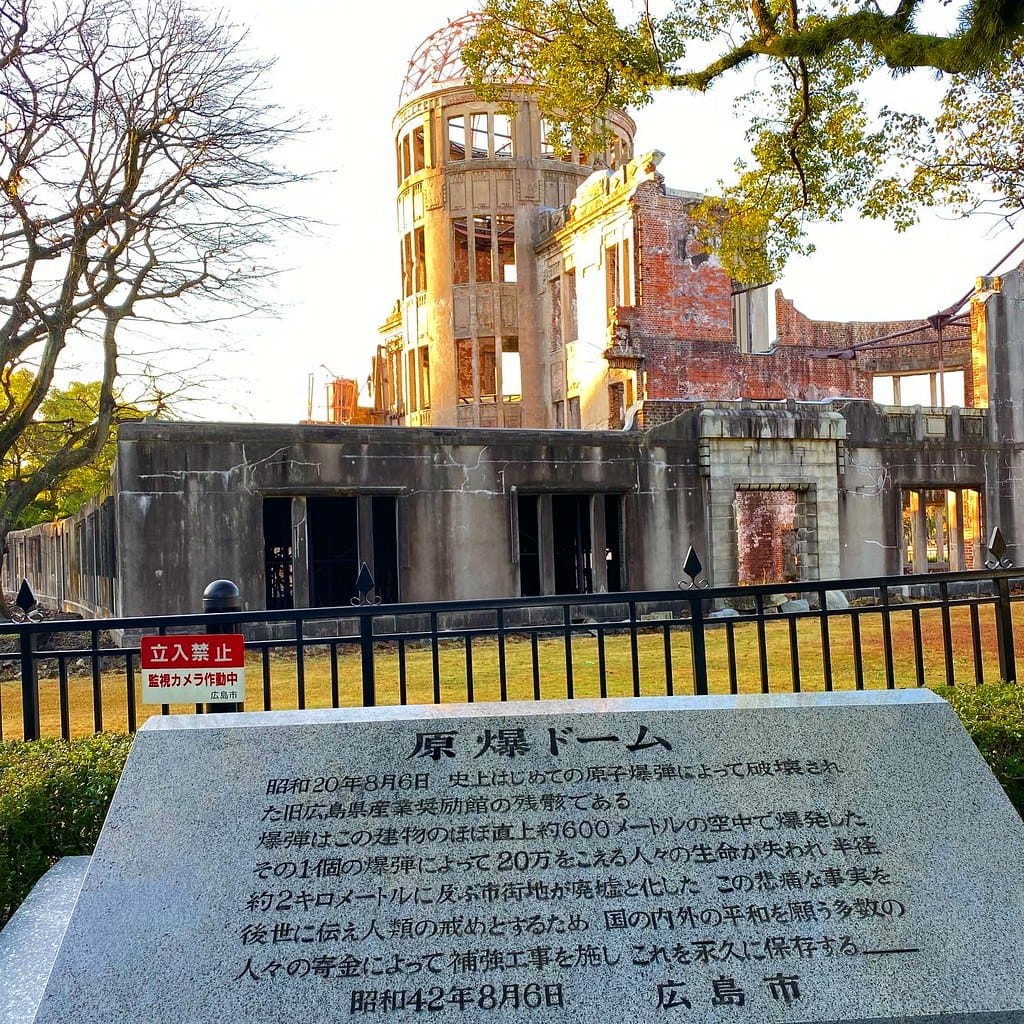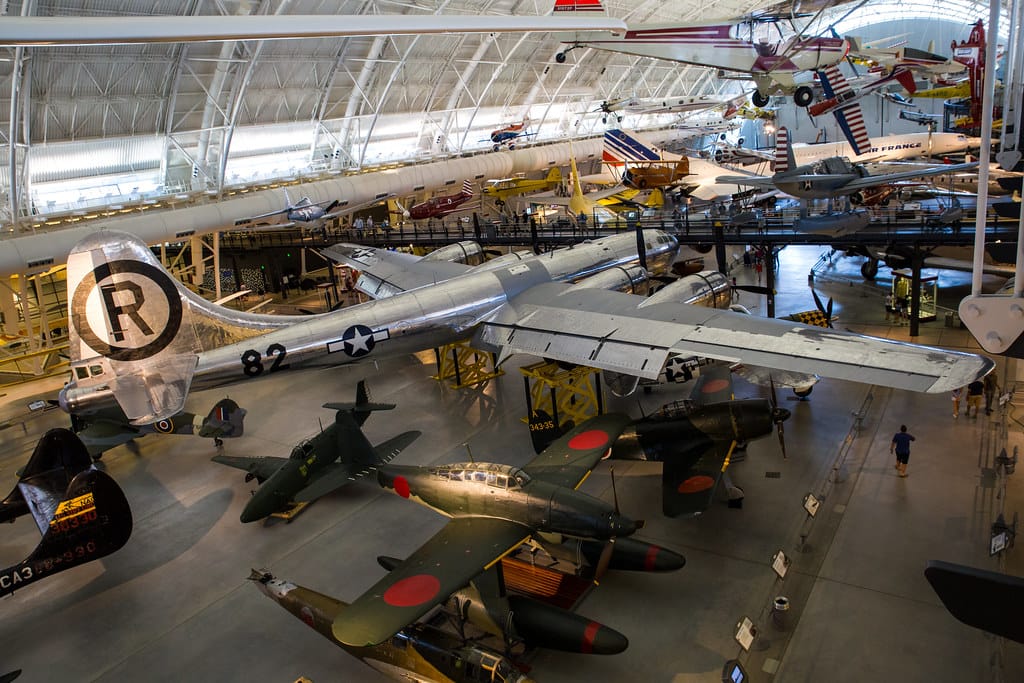The Blinding Flash That Changed Everything: Eyewitness Accounts From Trinity, 1945
At 5:29 AM on July 16, 1945, in the remote desert of New Mexico, humanity crossed a threshold from which there would be no return. The Trinity test—the world's first atomic bomb explosion—unleashed forces that had previously existed only in the hearts of stars. But what did it actually look like to those who witnessed this pivotal moment in human history?
The accounts from that morning paint a picture both terrifying and awe-inspiring, captured through the eyes of scientists, military personnel, and observers who knew they were watching the world change forever.
"Brighter Than the Sun at Midday"
Dr. J. Robert Oppenheimer, the scientific director of the Manhattan Project, famously recalled a line from the Bhagavad Gita: "Now I am become Death, destroyer of worlds." But his initial reaction was more visceral. He described the explosion as producing light "brighter than the sun at midday" that illuminated the entire landscape for miles around.
Brigadier General Thomas Farrell, who observed from the control bunker 10 miles away, wrote in his official report: "The effects could well be called unprecedented, magnificent, beautiful, stupendous and terrifying." He noted that the light was so intense it seemed to last for several seconds, though the actual duration was much shorter.
The Sound That Shook the Earth
What struck many witnesses was not just the visual spectacle, but the delayed arrival of sound. Dr. Enrico Fermi, the Nobel Prize-winning physicist, used a simple but ingenious method to estimate the bomb's power—he dropped pieces of paper and observed how far they were blown by the shock wave.
"The shock wave reached us after about 40 seconds," recalled Dr. Kenneth Bainbridge, the test director. "The sound was not like thunder—it was more like the roar of a giant beast, something primordial and terrifying."
From 20 miles away, the crew of a B-29 observation plane felt their aircraft shake violently. The pilot, Major Ralph Taylor, reported that the shock wave hit them "like a physical blow" despite their considerable distance from ground zero.
The Mushroom Cloud That Defined an Era
Perhaps no single image from the 20th century is more recognizable than the mushroom cloud—and Trinity created the first one ever witnessed by human eyes. Observers described it rising with what seemed like deliberate, almost alive movement.
Dr. Philip Morrison, a Manhattan Project physicist, watched the cloud climb to an estimated height of 40,000 feet. "It was no longer an explosion," he wrote years later. "It was a phenomenon as natural as sunrise, as if the earth itself was exhaling."
The cloud's colors shifted from brilliant white to orange, then to deep purple and red as it cooled and expanded. Photographers like Berlyn Brixner captured these moments, but as many witnesses noted, no photograph could truly convey the overwhelming sensory experience of being there.
The Silence After
What many found most unsettling was what came after the initial explosion. Dr. Isidor Rabi, another physicist present at Trinity, described an eerie silence that followed the shock wave—"as if nature itself was holding its breath."
This silence was broken by spontaneous celebrations from some observers, while others stood in stunned contemplation of what they had just witnessed. The test had exceeded even the most optimistic predictions, with an explosive yield equivalent to approximately 21,000 tons of TNT.
A Moment That Changed Everything
The Trinity test's eyewitness accounts reveal more than just the technical success of the Manhattan Project—they capture humanity's first glimpse into a new and terrifying chapter of its own history. These observers understood immediately that they had witnessed something unprecedented in human experience.
Dr. Kenneth Bainbridge perhaps summed it up best when he told Oppenheimer immediately after the test: "Now we are all sons of bitches."
The accounts from Trinity serve as both historical record and warning. They remind us that behind the statistics and strategic implications of nuclear weapons lies a human story—one of brilliant minds grappling with the profound implications of their creation. These eyewitness testimonies continue to resonate today, offering crucial perspective as we navigate an world where such weapons remain a persistent threat to human civilization.
The flash that lit up the New Mexico desert that morning didn't just mark the beginning of the atomic age—it illuminated the awesome and terrible responsibility that comes with humanity's greatest discoveries.

